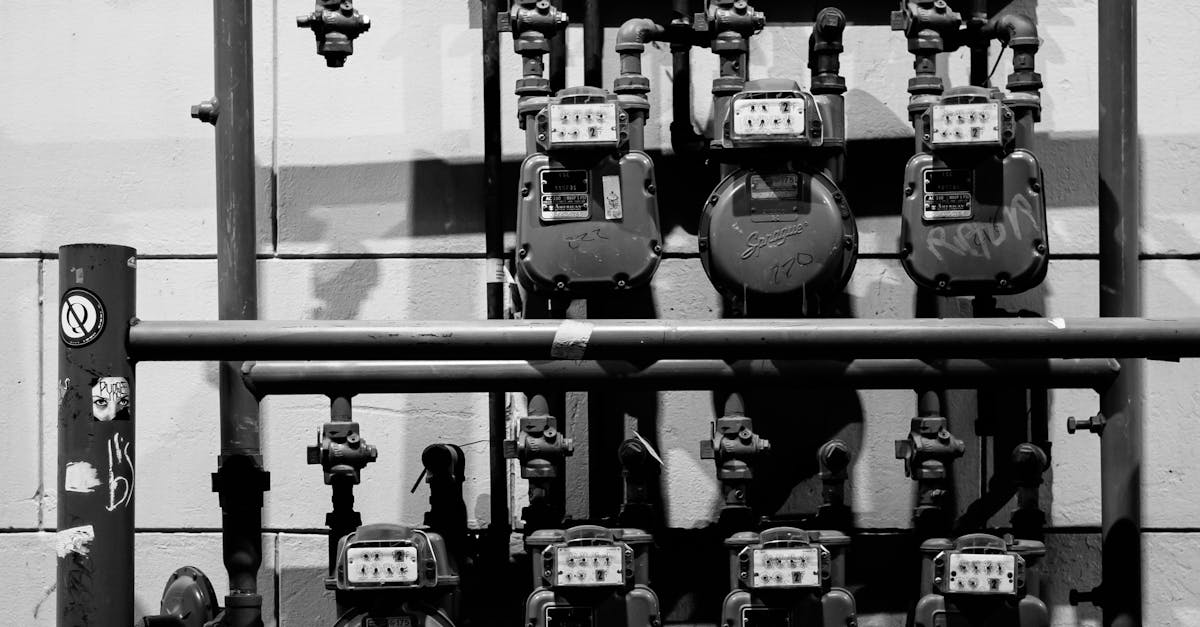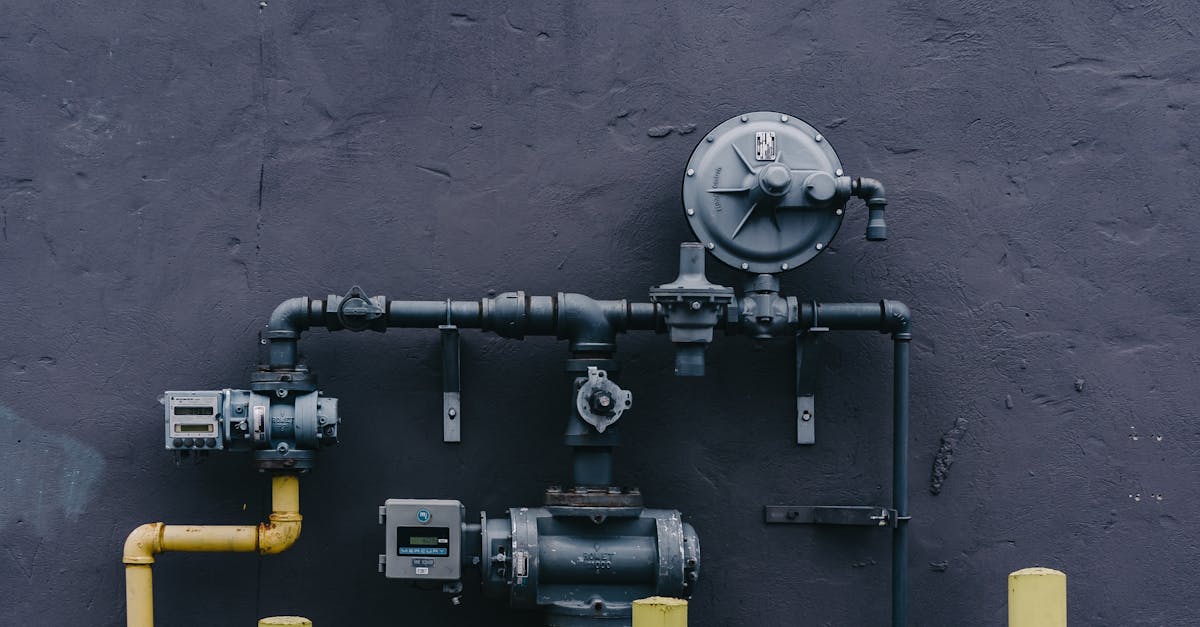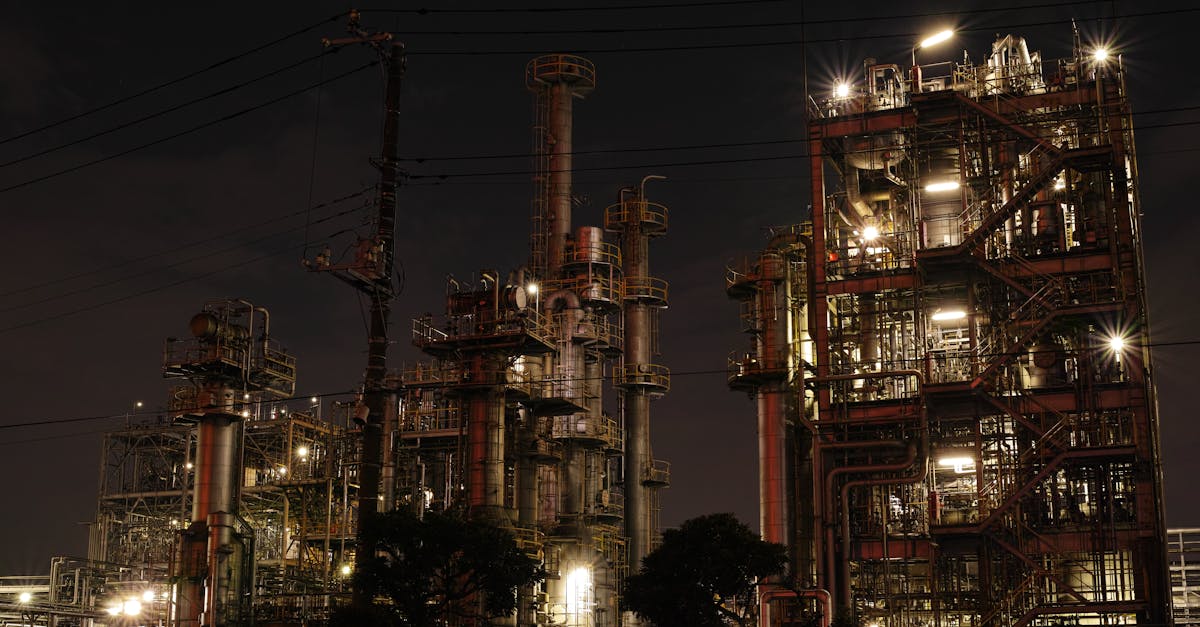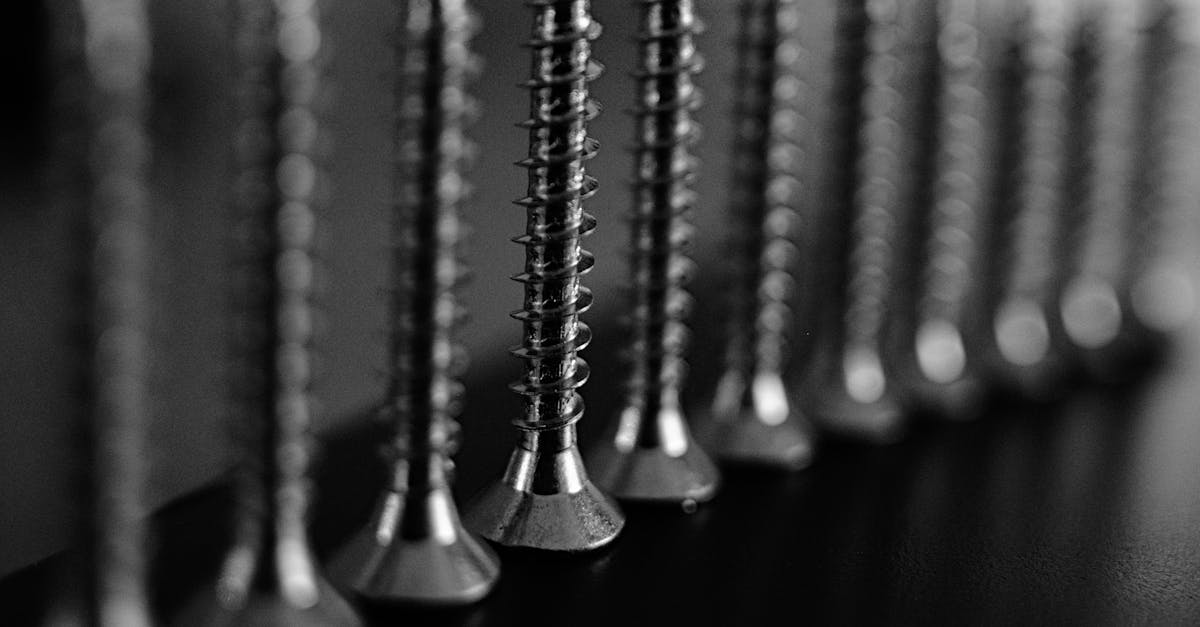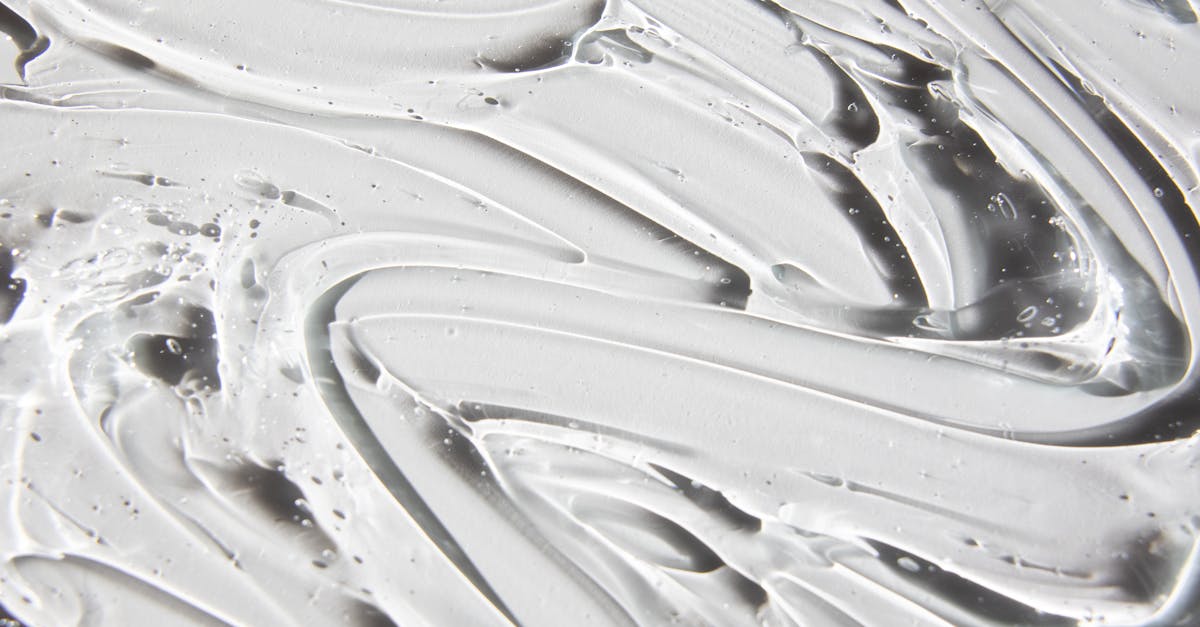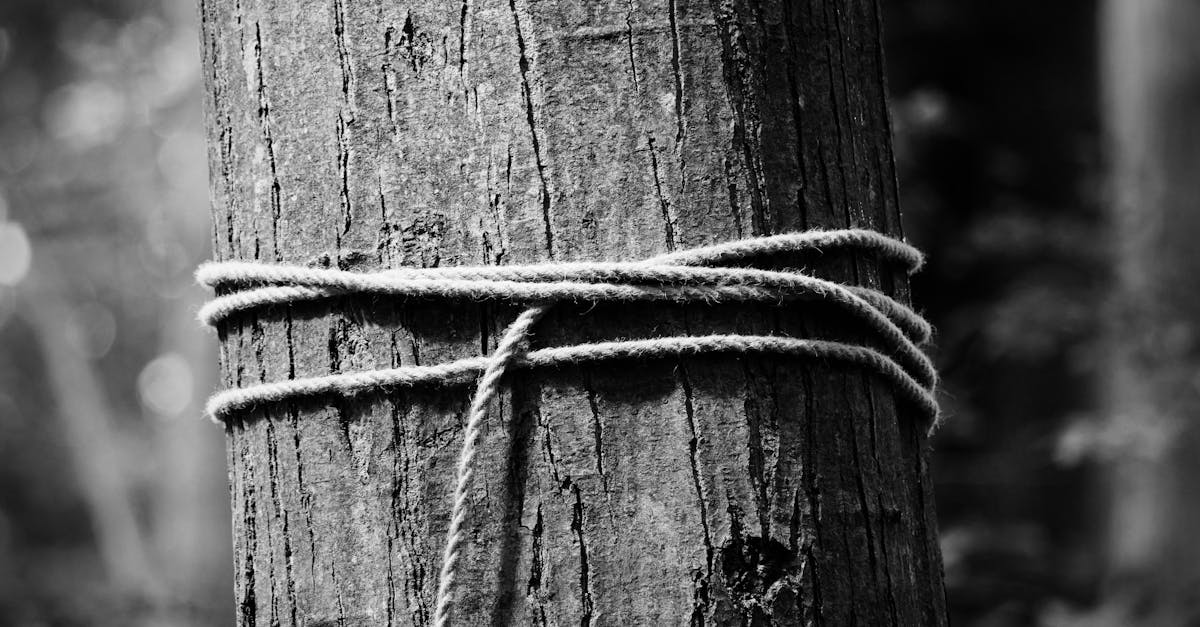
Table Of Contents
Compliance with Australian Standards
Compliance with Australian standards is crucial when selecting materials for gas lines. Standards established by Standards Australia provide important guidelines to ensure safety, reliability, and efficiency. These standards cover various elements, including materials used, installation practices, and maintenance procedures. Adhering to these guidelines helps to minimise the risk of leaks or failures that could lead to dangerous situations.
Gas line installation and repair must align with the relevant safety and performance codes. These codes dictate specific requirements for pipe types, fitting materials, and joining techniques. By following these regulations, professionals can ensure that the gas infrastructure is both safe and compliant. Understanding these standards is essential for any contractor involved in gas line work to safeguard both property and personnel.
Relevant Codes and Regulations for Gas Lines
In Australia, gas line installation and repair must adhere to stringent regulations to ensure safety and efficiency. The relevant codes include AS/NZS 5601, which outlines the requirements for the design and installation of gas installations. This standard covers various aspects such as materials, installation methods and general safety precautions. Following these guidelines helps to mitigate risks associated with gas leaks and promotes overall system reliability.
Local regulations may also dictate specific practices that must be observed during gas line installation and repair. Council by-laws and state legislation can vary, necessitating that installers and repairers familiarise themselves with the local requirements. Adhering to these codes not only ensures compliance but also fosters the safe use of gas systems within residential and commercial properties.
Factors Influencing Pipe Selection
Selecting the appropriate pipe for gas line installation and repair involves several critical factors that ensure safety and efficiency. One primary consideration is the type of gas being transported, whether natural gas or LPG. The properties of these gases can dictate the material selection, with some materials better suited to specific gas types to prevent corrosion or degradation over time.
Another vital aspect is the pressure ratings associated with the gas system. High-pressure gas lines require materials that can withstand greater stress and strain. Additionally, environmental conditions such as temperature fluctuations and exposure to chemicals may influence the choice of piping materials. These considerations must be meticulously evaluated to ensure that the gas line installation and repair meet both regulatory standards and operational requirements.
Pressure Ratings and Gas Type Considerations
The pressure rating of a pipe used for gas lines is crucial for ensuring safe and efficient operation. Gas pressure varies significantly depending on the application and location within the gas distribution system. Therefore, selecting a pipe that can withstand the maximum expected pressure, along with any potential fluctuations, is essential. Materials such as polyethene, copper, or steel are commonly utilised; each offers different pressure handling capabilities. It is vital to consult relevant standards and guidelines to ensure compliance with local regulations during gas line installation and repair.
Consideration of the type of gas being transported is equally important when selecting the appropriate piping. Different gases have distinct properties that can affect compatibility with certain materials. For instance, natural gas and LPG may require pipes with varying levels of resistance to corrosion and pressure. Ensuring that the chosen pipe is suitable for the specific gas type can help prevent leaks and other safety hazards. Adequate knowledge of both the pressure ratings and the specific gas's characteristics lays the groundwork for effective gas line installation and repair.
Installation Best Practices
When undertaking gas line installation and repair, adherence to best practices is essential for ensuring safety and functionality. One fundamental component is ensuring that the chosen pipe material is compatible with the gas type and the specific pressure ratings of the system. Proper sealing techniques are crucial; all joints must be adequately sealed using appropriate methods to prevent leaks, which could lead to hazardous situations. Regular inspections should be carried out to identify any signs of wear or damage, as this can significantly influence both safety and efficiency.
Furthermore, securing gas line pipes appropriately is critical to maintaining infrastructure integrity. Flexible supports should be employed to accommodate any thermal expansion and contraction, ensuring pipes remain stable during operation. It is advisable to keep gas lines adequately separated from other utilities to avoid potential interference and maintain accessibility for future maintenance. Following these best practices during gas line installation and repair not only enhances durability but also contributes to overall safety and compliance with relevant regulations.
Techniques for Securing Gas Line Pipes
Securing gas line pipes properly is crucial to ensure safety and compliance with regulations. Various techniques are employed to achieve this, including the use of pipe hangers and brackets designed specifically for gas applications. These supports should be installed at regular intervals, taking into account the pipe diameter and the material used. Adequate spacing prevents undue stress on the pipe and helps avoid potential leaks.
In addition to mechanical supports, it is essential to consider the insulation and protection of gas lines from environmental factors. When installing gas line pipes, protective sleeves or coatings may be necessary to shield them from corrosion or physical damage. Gas line installation and repair should always follow industry standards to ensure longevity and reliability. By implementing these techniques, you significantly reduce the risk of complications during the operation of gas facilities.
FAQS
What types of pipes are commonly used for gas lines in Australia?
Common types of pipes for gas lines in Australia include polyethylene (PE) piping for underground installations and steel piping for above-ground applications. Copper pipes are also used in some cases, particularly for indoor installations.
Are there specific Australian standards for gas line pipes?
Yes, gas line pipes must comply with Australian Standards such as AS/NZS 5601 for gas installations, which outlines the requirements for materials, installation, and maintenance.
How do I determine the right pipe material for my gas line?
The right pipe material for your gas line depends on several factors, including the type of gas being used, the pressure rating required, and whether the installation is above or below ground.
Can I use PVC pipes for gas lines?
No, PVC pipes are not suitable for gas lines due to their inability to withstand high pressures and temperatures associated with gas transport.
What are some best practices for installing gas line pipes?
Best practices for installing gas line pipes include ensuring proper alignment and support, using appropriate fittings and joints, following local codes and regulations, and conducting pressure tests after installation to check for leaks.

